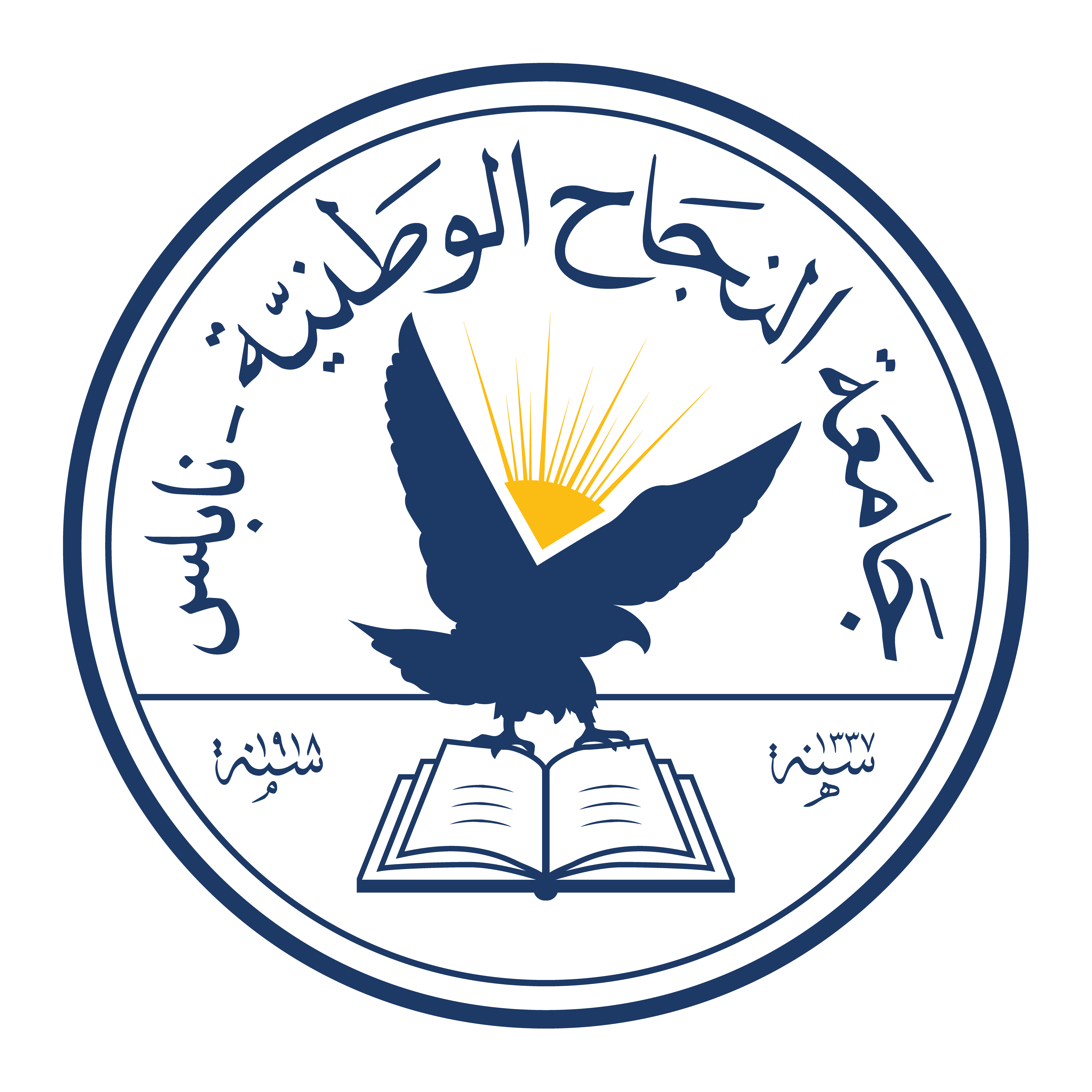
DOI
doi.org/10.35552/0247.38.7.2234
Abstract
The study aimed at examining the forms of communication used by teachers with students of autism spectrum disorder in Jerusalem, as well as identifying the challenges that teachers face in communicating with these students. The researchers relied on the questionnaire as a research tool, and they used the descriptive correlative approach as a method for the study. The study sample included (97) male and female teachers in kindergartens and schools on the autism spectrum, and the researchers concluded several results, the most important of which are: the arithmetic average of the field of verbal communication reached (3.89) with a percentage of (77.9) and a high value, and the arithmetic average of the field of non-verbal communication was (3.41) with a percentage of (68.3) with a high value. The arithmetic average of the field of challenges of communicating with the autistic child faced by teachers was (0.80) with a percentage of (80.5) with a high value. The results also showed that there were no differences in the responses of the study sample between the average responses of teachers to common forms of communication with children on the autism spectrum according to the variables of (gender, the level of educational qualification), and there were differences in the responses of the study sample according to the variables of (years of experience of 5 years to less than 10 years and the age of the younger age group of the sample from 21 to 30). Also, there were no differences in the responses of the study sample between the average responses of teachers to the challenges they face with children on the autism spectrum due to the variables of (gender, level of educational qualification, age), and were our differences in the responses of the study sample to the variable of (years of experience of 5 years to less than 10 years). The two researchers reached several recommendations, the most important of which are: increasing the awareness of educators on the importance of communication programs such as the Lovaz program, and working on training teachers on how to use programs that work on communicating with children with autism.
Recommended Citation
Al-Haj Othman, Noura Y. and Othman, Suhad A.
(2024)
"Common Forms of Communication Among Teachers of Students with Autism Spectrum Disorder in Jerusalem Schools, and the Challenges They Face,"
An-Najah University Journal for Research - B (Humanities): Vol. 38:
Iss.
7, Article 2.
DOI: doi.org/10.35552/0247.38.7.2234
Available at:
https://digitalcommons.aaru.edu.jo/anujr_b/vol38/iss7/2

